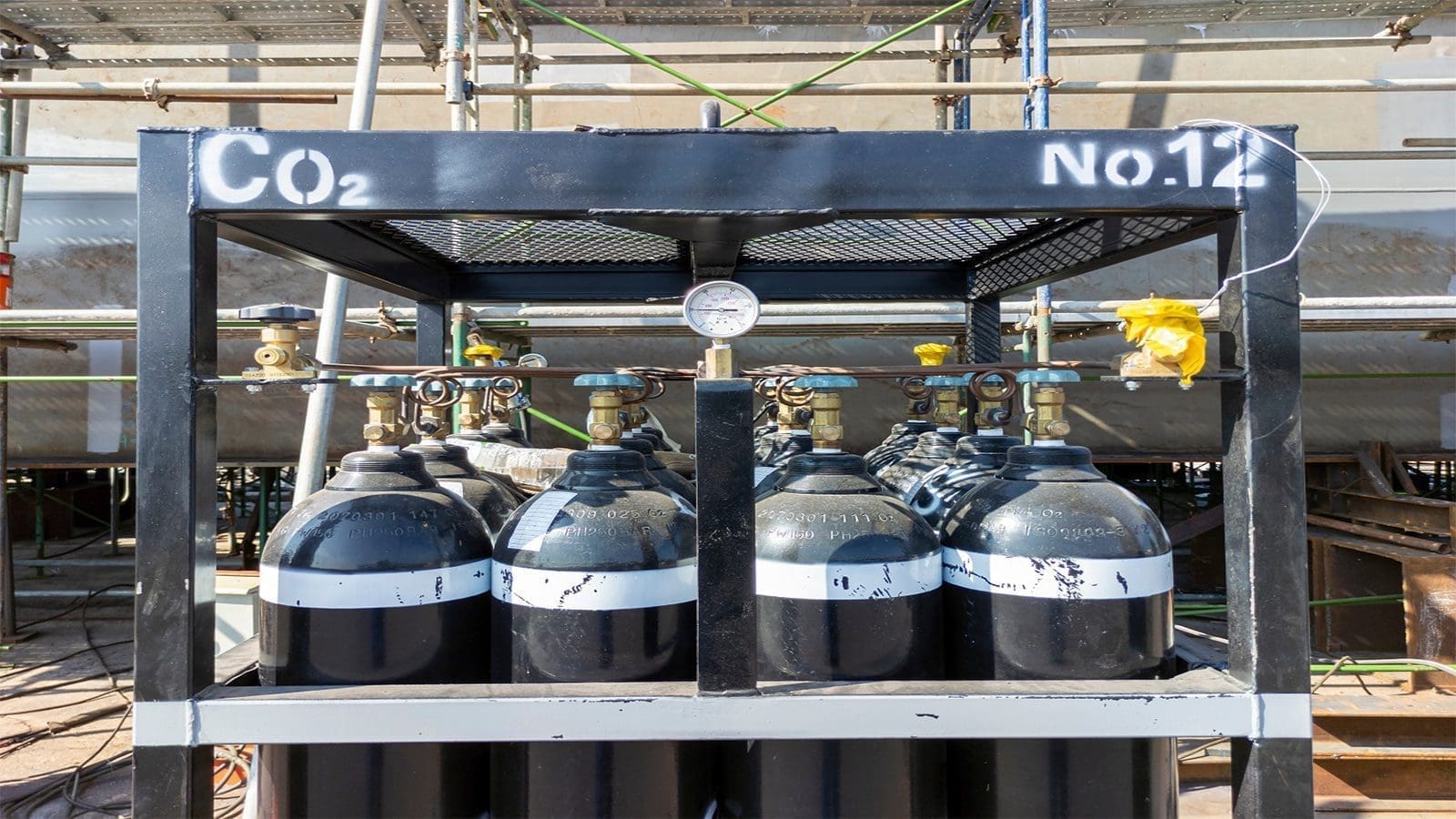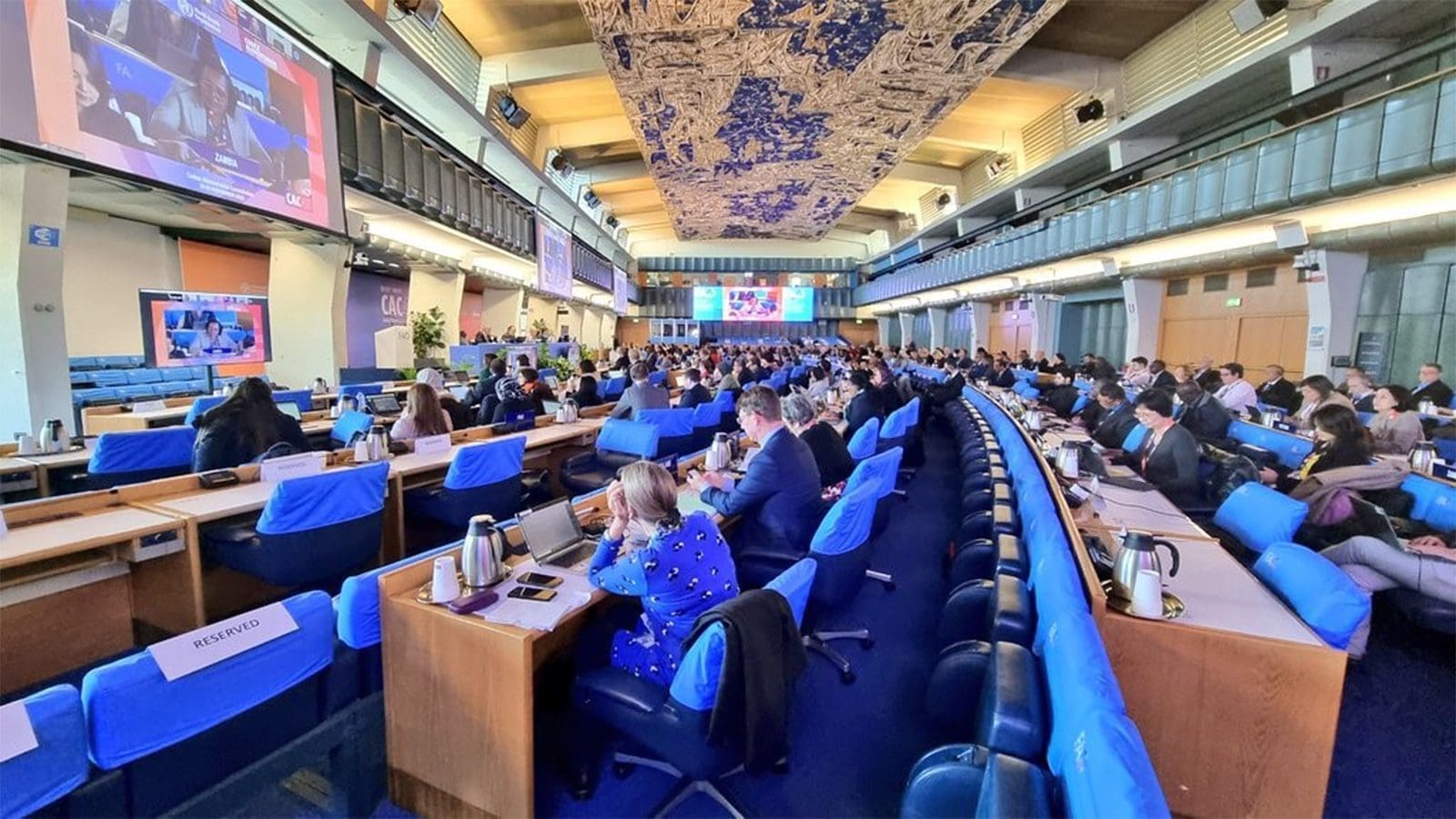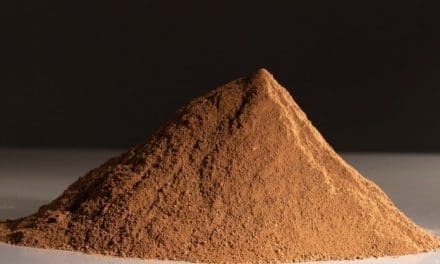UK – Global assurance provider LRQA has urged food manufacturers to prioritize quality checks on new carbon dioxide (CO2) suppliers to minimize food fraud risk and guard the supply chain against carcinogens.
This happens at a time when the market is still reeling from the shutdown of two factories that together produced 60% of the food-grade CO2 in the UK.
A UK-wide CO2 crisis was feared earlier this year after CF Industries, the UK’s largest CO2 provider, permanently stopped its Ince manufacturing facility and halted ammonia production at its Billingham Complex.
The plant closures occurred as the cost of generating ammonia (of which CO2 is a marketable byproduct) exceeded the cost of importing it.
The UK food and drink industry is now experiencing a crisis due to an anticipated CO2 shortage, and the government has already been pressed to take action.
According to LRQA, several companies are having to engage with new manufacturers or sellers to meet demand because CO2 was already in short supply before the shutdowns.
Recent figures show that the price of CO2 in August 2022 was 37% higher than it was just four months before the first plant closure was announced, says LRQA.
“When one link in a supply chain is affected, it has a knock-on effect. What we’ve learned over the past few years of near-constant global upheaval is that the old ways of thinking about supply chains are becoming obsolete.
“We need to develop resilient supply networks capable of adapting to changes in the world while preserving food safety,” said Forbes Fyfe, Technical Account Manager for Agriculture Supply Chain at LRQA.
According to Forbes, CO2 used in the production of carbonated beverages, including beer, must be at least 99.9% pure for food grade purposes and even purer for beverage grade.
“To remain competitive, this means many manufacturers will be looking to make savings – creating a perfect climate for fraudsters to strike by offering cheap alternatives,” he said.
Both grades are evaluated for various contaminants and used in various ways in the manufacturing of food, reports Food Manufacture.
If fraud happens, for instance when food or industry grade CO2 (99.5% pure) is mistakenly sold as beverage grade, there is a higher chance that carcinogens will end up in consumer food products.
“Businesses must make sure that international standards are upheld and suppliers of CO2 – and all food components – have been corroborated. A food brand’s value lies in its reputation as a provider of quality products.
“Because of this, it is vital that standards do not slip, even when the supply chain is altered. As brands prioritize food safety, they will keep their customers – and their reputation – safe too,” said Forbes.
As per an analysis conducted by the 2 Sisters Food Group, the UK uses about 2,000 tonnes of CO2 per day.
“When one link in a supply chain is affected, it has a knock-on effect. What we’ve learned over the past few years of near-constant global upheaval is that the old ways of thinking about supply chains are becoming obsolete.”
Carbon dioxide is used extensively in the food and beverage industry for a variety of food purposes such as adding bubbles to beer and soft drinks, drinks dispensing systems, and extension of shelf-life with modified atmosphere packaging (MAP).
The majority of the CO2 utilized in food production is a byproduct of the synthesis of ammonia, which is used as fertilizer and has a high demand in the spring but a low need in the summer.
This period has been devoted to plant and operation maintenance by a number of CO2 producers, as reported by FoodIngredients1st.
In 2018, the UK faced a similar crisis in the gas’ shortage with some manufacturers in the meat and packaging industry resorting to temporary use of certain ‘non-food grade’ carbon dioxide for the stunning of poultry and pigs prior to slaughter, and for use in modified atmosphere packaging (MAP).
For all the latest food safety news from Africa and the World, subscribe to our NEWSLETTER, follow us on Twitter and LinkedIn, like us on Facebook and subscribe to our YouTube channel.








